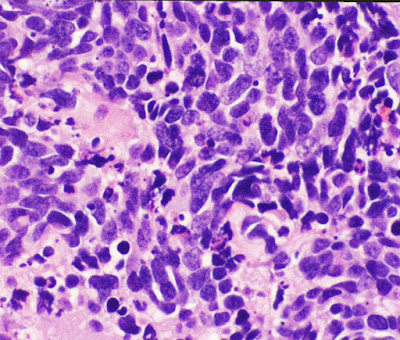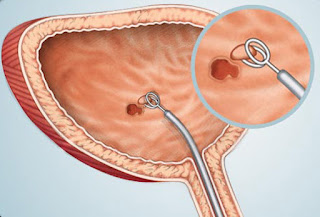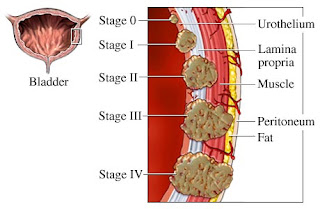Adenocarcinoma And Squamous Cell Carcinoma

Adenocarcinoma : According to the statics of the US cancer society about 1% of all bladder cancer cases are adenocarcinomas. The cancer cells, when observed under the microscope show many common features, when compared to the gland – forming cells of the colon cancer. Nearly all adenocarcinoma of the bladder are invasive in nature. Squamous Cell Carcinoma : According to the US cancer society, the squamous cell carcinoma accounts for about 1% to 2% of all the cases of bladder cancer. Under the microscope these cells look like flat cells, that are found on the surface of the skin. Almost all squamous cell carcinoma are invasive in nature.






